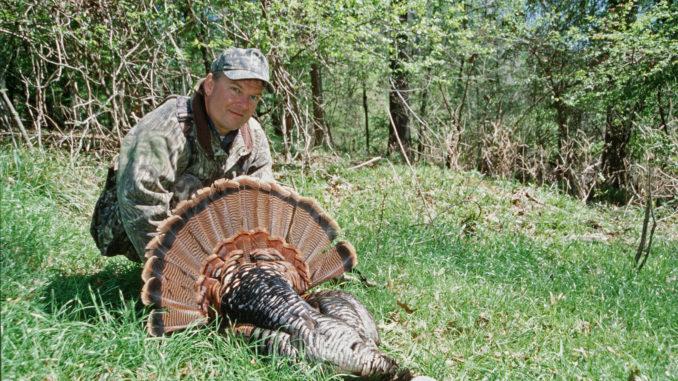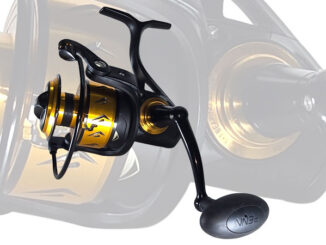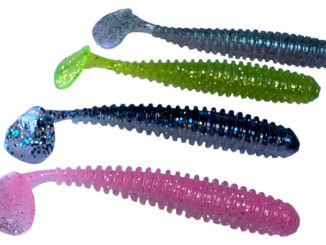
When ducks have a good hatch, hunters reap the rewards within a few months. The same definitely cannot be said for wild turkeys and the hunters who pursue them.
It takes two or three years for hunters in the field to encounter big gobblers from a good hatch, and unfortunately, the opposite is true as well: The stench from bad hatches tends to linger.
Turkeys found unfavorable nesting and brooding conditions in the Bayou State during the summers of 2008 and 2009, and as a result, this year’s turkey season probably won’t set any records.
Click here to see the LDWF’s poult-production estimate.
“I think it’ll be mediocre — similar to last year,” said the man who knows the most about these things, Jimmy Stafford, the Louisiana Department of Wildife and Fisheries’ head turkey biologist.
Hunters during the 2010 season killed an estimated 6,000 birds.
But there are some bright spots.
Western Louisiana has avoided the suburban sprawl of other regions of the state, and the turkey population there looks really good, Stafford said.
“They have the habitat, and they do the burnings,” he said.
That’s largely because much of the land is owned either by the federal government or by timber companies, and their management practices tend to benefit turkeys.
That area saw the highest poult counts – 2.8 per hen – in 2009 of anywhere in the state. Poult counts were highest in the state there in 2010 as well, but slipped to 2.4 birds per hen.
Another area that’s looking good — particularly in the long-run — is the Delta region of Northeast Louisiana.
“Over the next 10 to 15 years, we’ll see significant improvements in that area,” Stafford said.
That’s because many of the region’s agricultural fields are being converted to hardwood forests.
“When those stands of trees are 25 to 30 years old, it’ll be ideal turkey habitat,” Stafford said.
That area had abysmal production in 2008, when biologists counted only 0.9 poults per hen. That number improved to 1.7 in 2009 and 2.4 in 2010.


